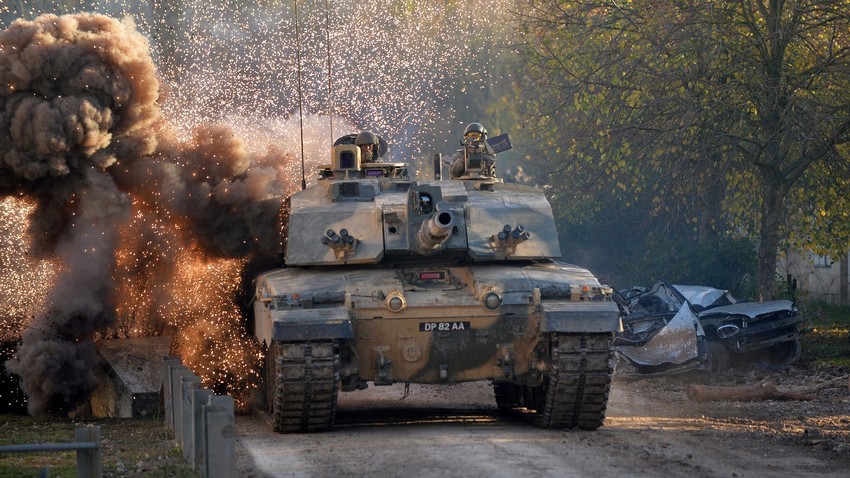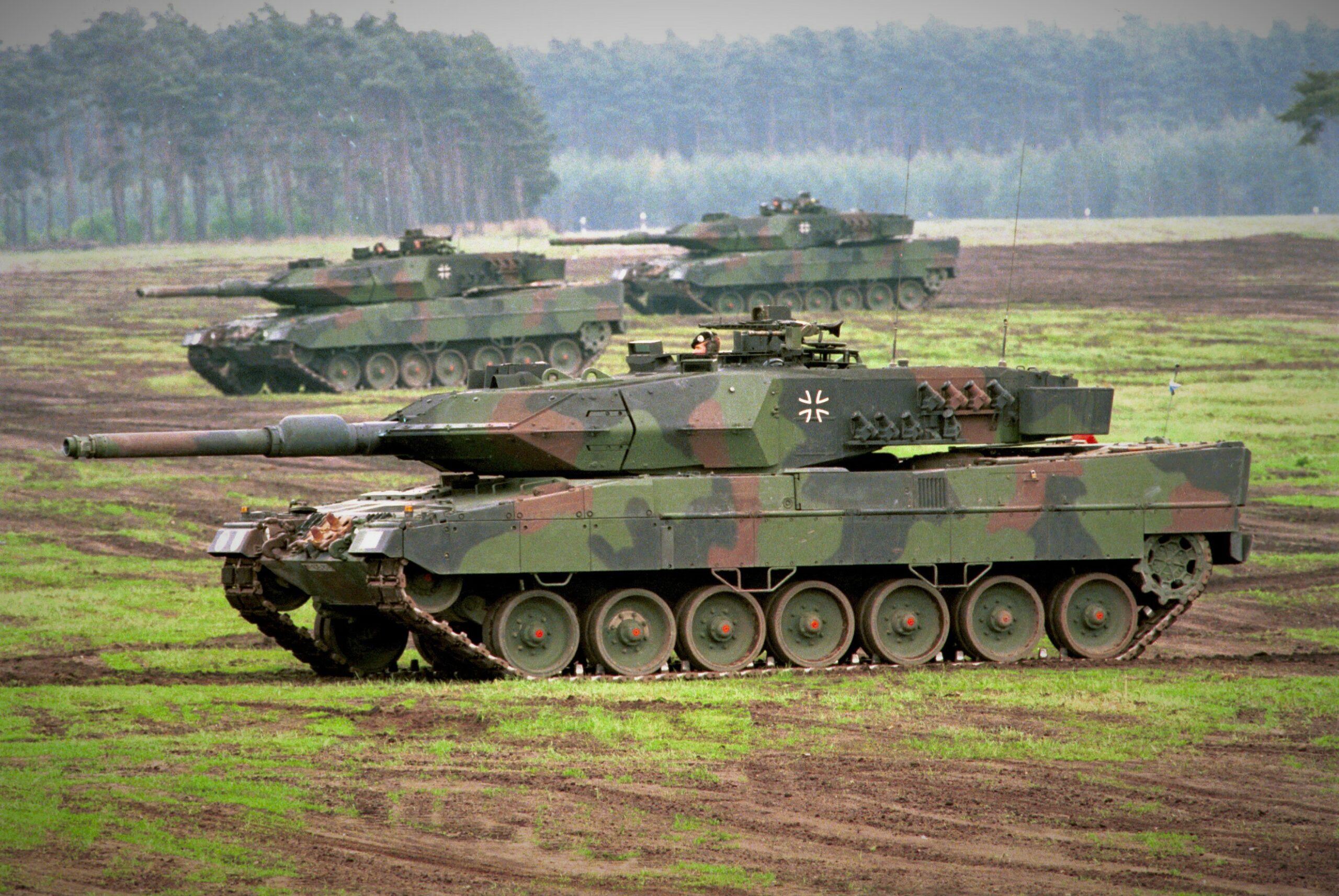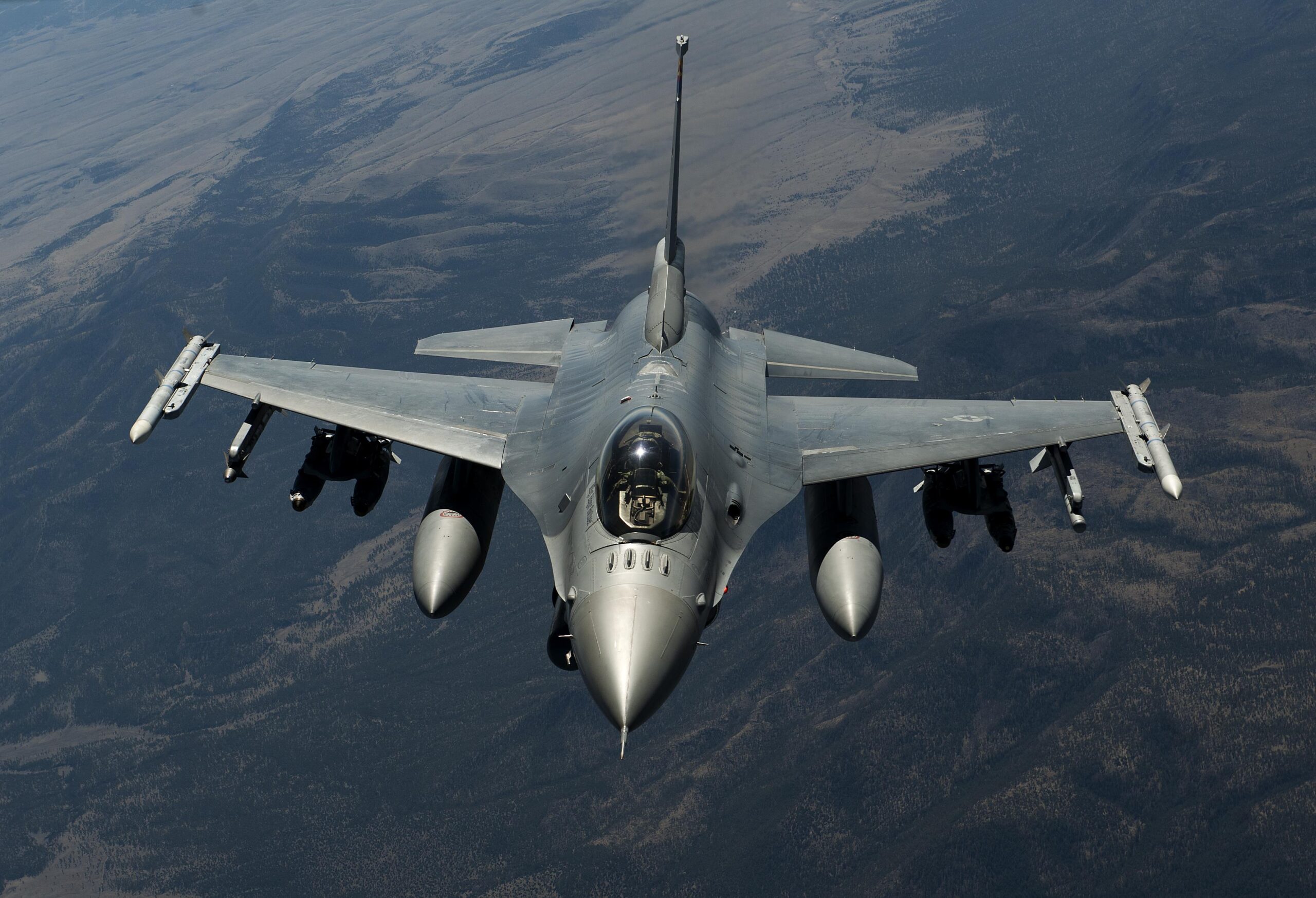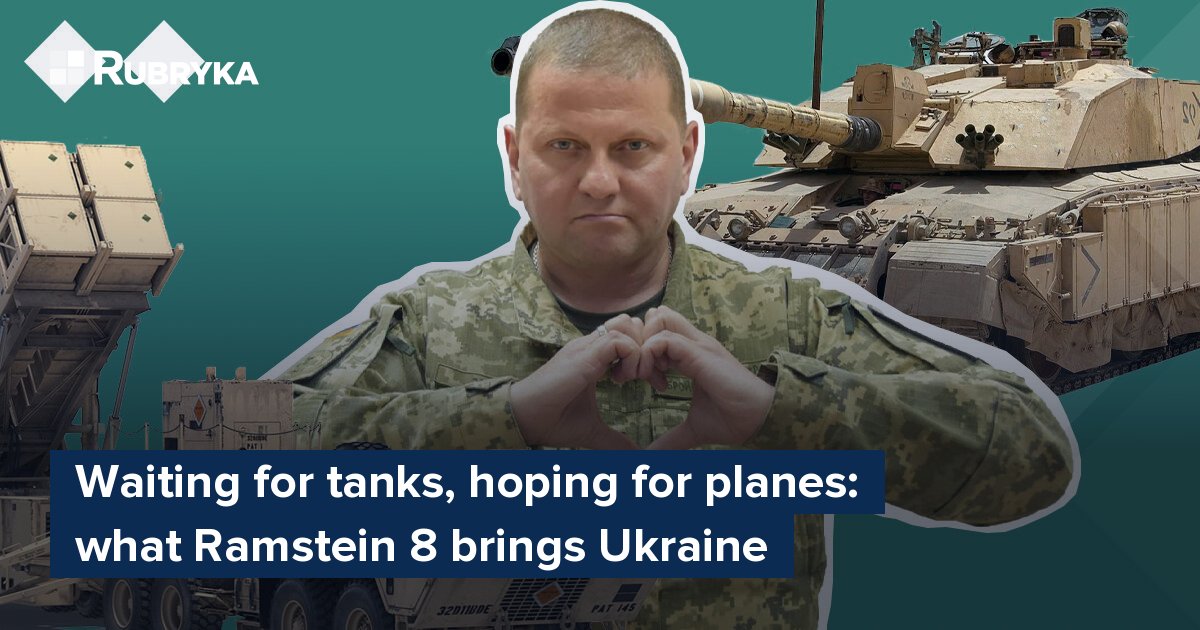
"Ramstein," or, officially, the Ukraine Defense Contact Group meeting at the US air base of the same name in Germany, took place for the eighth time, and every time it brought good news to Ukrainians. After all, at these meetings, our allies (more than 50 countries, led by the USA) decide which weapons they will provide to Ukraine.
This time, "Ramstein" seemed to end more sadly than usual: the Ukrainian delegation asked for Leopard-2 tanks but did not receive any. But the situation is much more interesting. In a few days, the Ukrainian Armed Forces had a chance to get more than a hundred modern tanks. And, for the first time, the Allies talked about jets while, until recently, it had been a taboo.
We explain what "Ramstein" will bring to Ukraine (that's right, because the negotiations are still ongoing).
"Ramstein" on February 20, as usual, took place behind closed doors, but the participants' comments show that the Contact Group is still determined to support Ukraine."This is not a moment to slow down," US Secretary of Defense Lloyd Austin stated.
After all, Ukraine Minister of Defense Oleksii Reznikov warns the russians may launch a new offensive in the spring. Ukrainian soldiers cannot also spend 2023 only in defense. To avoid a "war of attrition" in the style of the First World War, Ukrainians should go ahead and liberate the occupied territories. And for this, they need more weapons and equipment.
While Ukrainian and Western commentators followed the tank news, countries announced new aid packages even before "Ramstein" for the most part, which is why the meeting itself did not bring resonance. It proves that allies are making Ukraine's armed forces faster and more mobile in preparation for a counteroffensive.
What has already been promised to Ukraine?

British Challenger-2 tank
The Americans will transfer 109 Bradley infantry fighting vehicles (IFVs), and until-recently neutral Swedes will hand over 50 CV-60 IFVs. The Germans will deliver 40 Marder IFVs. All of them fit nicely in Ukrainian offensive tactics: to quickly get close to the enemy (eliminating the advantage of the russians in artillery and missiles), disembark the infantry from the vehicles, and then start close combat.
Bradley and others have speed and armor, and guns and missiles will help destroy russian armored vehicles or fortifications, covering infantry. In addition, there will be AMX-10 wheeled tank destroyers from France and the British Challenger-2 tanks. The latter is perhaps the most armored tank in the world (although only 14 are to be handed over). Poland undertakes to prepare a whole mechanized brigade of Ukraine's Armed Forces with tanks and IFVs, admittedly Soviet.
Among lighter armored vehicles are 90 American Striker infantry carrier vehicles (ICVs), more than 100 older M113 armored personnel carriers (APCs), and 200 APCs from the UK, French Bastion APCs, and Canadian Senator APCs. Plus, 103 American mine-protected armored vehicles and 488 Humvee vehicles. They are very suitable equipment for our army men, who often drive civilian cars due to the lack of armored vehicles.
Ukrainians can also thank the allies for the artillery — 30 modern self-propelled artillery systems from Britain, 19 French Caesar howitzers from Danish stocks, 18 M109 self-propelled howitzers from the Americans, and 12 Swedish Archer howitzers. The US will provide 36 light mortars, and Estonia will send Soviet and Western howitzers. By comparison, the entire French army now has 102 mortars.
There are also "one-billion gifts" — Patriot missile systems (that's how much one battery costs). These systems can shoot down ballistic missiles, which are beyond the power of Ukrainian air defense. Our soldiers already learn to manage them. Additional NASAMS and the Franco-Italian SAMP-T complex are also on the way. Although S-60 and L-70 anti-aircraft mortars from Poland and Lithuania, respectively, look older, they will also be needed, for example, in "close combat" against helicopters or drones.
We shouldn't think Ukraine is being "dumped" or pushed to surrender. On the contrary, if we compare the situation with September or October, the flow of aid only widens. However, these weapons must arrive as soon as possible. Earlier, experts at the Institute of War Studies (USA) noted: The West provided weapons too slowly.
Not within Ramstein, but after, there will be tanks

Leopard Tank
However, attention to tanks is also logical. According to the commander-in-chief Valerii Zaluzhnyi, Ukraine needs at least 300 tanks from the Allies for counterattacks. Why not do it without them? Because despite the popularity of videos where the Ukrainian Armed Forces hit the enemy with long-range mortars or drop bombs from drones, during the offensive, the Ukrainian army will have to go forward and knock out the russians from the fortifications and storm the cities.
Therefore, the Ukrainian armed forces need a war machine that can quickly maneuver on the battlefield, will destroy any enemy equipment, and its armor will withstand shots from enemy guns, protecting our soldiers. In a word, ordinary cars with machine guns will not work here, but the only technique with the required characteristics is a tank.
Before Ramstein, Ukraine hoped for one of two brands of combat vehicles: the German Leopard-2 or the American Abrams — they are superior to Soviet tanks. However, Washington declared before the summit that they would not send their tanks. They said Abrams tanks are challenging to operate. They even need to be refueled not with diesel but only with American aviation fuel.
"Leopards" are more convenient for the Ukrainian Armed Forces, and not only the Germans have them but a dozen countries. Owner governments can "chip in" tanks for Ukraine and not deprive their armies.
Therefore, there were no problems with the willingness. Poland promised us tanks even before Ramstein, and during the meeting, Finns, Spaniards, Dutch, Danes, and seven other countries joined the strategy. It was about the transfer of about 100 vehicles to Ukraine's Armed Forces.
The delay arose for another reason. There are clear arms export rules: if the tank is German, Berlin's consent is required, even when Poland gives away Leopard-2 tanks to Ukraine. And, of course, our delegation also hoped for German tanks.
Chancellor Olaf Scholz's Government did not agree for a long time and put forward different conditions. The Germans asked that first, someone else should hand over the tanks (Britain did it). They didn't want to be the first to deliver the tanks.
Then Berlin clarified that the USA should send the Abrams and further denied it. Eventually, the Minister of Defense of Germany, Boris Pistorius, stated that some allies were allegedly against it.
It seems it smells "betrayal," but on January 25, Scholz and the Germans eventually closed the issue: the country's government officially announced that Ukraine will receive 14 "Leopards." Berlin also allows the Allies to transfer tanks.
What changed the opinion of the Scholz government? They could have been influenced by the Polish Prime Minister Mateusz Morawiecki, stating that his country would hand over tanks to Kyiv without German permission.
Presumably, our western neighbors scared Berlin that they would break the rules. Having come to terms with this, the Germans would have shown themselves weak by trying to take tanks from Ukraine — indifferent to the suffering of our country.
Criticism from allies could also play a role. One way or another, the Federal Republic of Germany claims the status of world power and finds itself in a situation where an unnamed NATO diplomat says about its position that it is "like acid that eats away trust layer by layer."
Morawiecki scathingly calls Germany "to put it mildly, the least active country of the group," The Americans consider Berlin's hesitation a "hard confrontation."
As Democratic Initiatives Foundation's expert Maria Zolkina wrote earlier, Germany "is finally losing its role as a leader in the EU." Now the Germans have a chance to rehabilitate themselves in the eyes of the Allies.
However, another version from the Wall Street Journal has the right to life. The USA still agreed to send a batch of Abrams tanks to Ukraine, fulfilling the German condition.
Ukraine now has chances for American F-16 fighter jets

F-16 fighter
But the most sensational statement was the comment of the Minister of Foreign Affairs of the Netherlands, Wopke Hoekstra. On January 19, he announced that the country could transfer American F-16 fighters. Where will the Netherlands take them? Amsterdam is moving its pilots to a more modern model, the F-35. Accordingly, aviation expert Stanislav Mankov says up to 20 aircraft can go to Ukraine.
Dutch F-16 jets had all the necessary modernizations, so despite the "second-hand" status, they remain pretty modern. Of course, they are much more powerful and efficient than the planes in service with the Armed Forces of Ukraine (there are no modern combat aircraft in Ukraine, only Soviet planes, often without modernization). By the way, despite the status of a "fighter," the F-16 can also attack ground targets.
On February 20, the Prime Minister of the Netherlands, Mark Rutte, explained that they will not deliver planes for now, but this is not a reason to close the topic. The kingdom cannot do this on its own: they need the consent of the United States. Ambassador of the United States to the OSCE Michael Carpenter assured that there would be support from America, but he is not the one to decide.
Predicting the response from the White House is difficult. On the one hand, the USA did not give Ukraine ATACMS missiles at one time, worrying that too powerful a weapon would "provoke" russia. On the other hand, the deputy chief of the Pentagon, Colin Kahl, noted that the negotiations about the planes are ongoing. A spokesman of Ukraine's Air Force, Yurii Ihnat, assures that allies even defined "the type of aircraft likely to be provided to Ukraine and the corresponding pace of preparation."
In any case, the F-16s will not appear in our skies this spring because the planes are not enough: the pilots still need to be trained, and their training may continue for up to six months. Ukraine will also have to retrain aviation technicians who serve imported fighters.
But Zelensky's Office is optimistic."We hope, and the president announced during his speech, that the next Ramstein would mean aviation," Andrii Sybiha, deputy head of Office of the President, stated.
After all, the Challengers and the Leopards seemed out of reach just a month ago, didn't they?




